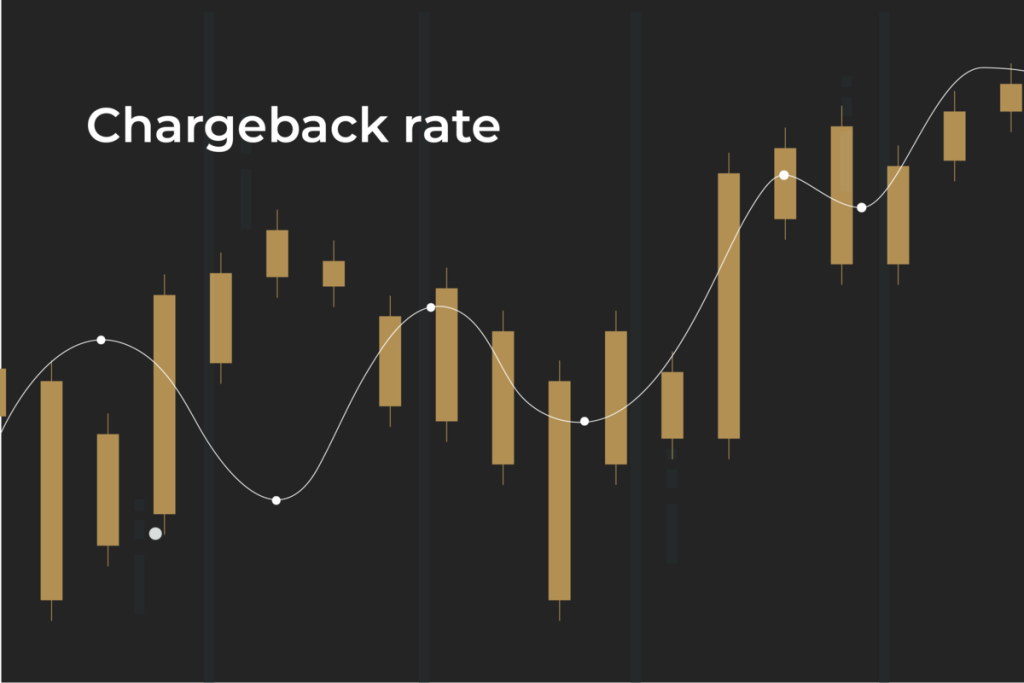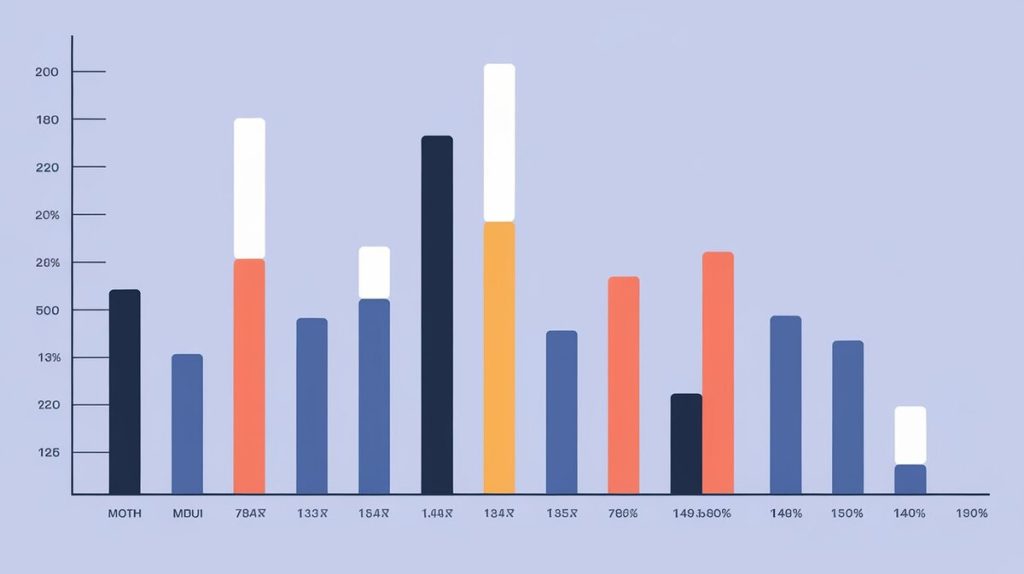Introduction: What Are Chargebacks?
Chargebacks occur when customers dispute a transaction with their bank. This leads to a reversal of the payment, and businesses are often left not only refunding the transaction but also paying additional fees. On average, chargebacks cost $3.75 for every dollar lost, including fees and operational costs. High chargeback rates can result in penalties from payment processors like Visa and Mastercard, potentially leading to account suspension.
Why It’s Important to Lower Chargeback Rates
Businesses need to keep chargebacks below 1% to avoid penalties from Visa, Mastercard, and other payment processors. Chargebacks not only result in financial losses but also increase operational costs, hurt customer trust, and can damage relationships with payment processors. In 2020 alone, businesses lost $17.5 billion due to chargebacks.
Common Causes of Chargebacks
Understanding the root causes of chargebacks is key to reducing them. The most common reasons include:
- Fraudulent transactions – unauthorized purchases using stolen credit cards.
- Friendly fraud – legitimate customers dispute charges they shouldn’t, often because they don’t recognize the transaction or claim the product didn’t arrive.
- Billing errors – duplicate charges or incorrect amounts.
- Product not as described – customers dispute charges if the product received differs from what was advertised.
- Recurring billing disputes – customers cancel subscriptions but continue to be charged.
Addressing these issues with clear communication, proper transaction monitoring, and improved fraud detection can lower the risk of chargebacks.

Effective Ways to Reduce Chargebacks
1. Use Fraud-Prevention Tools
Fraud prevention should be a top priority. Implementing tools like 3D Secure 2.0 for an additional layer of authentication during online purchases can significantly reduce the risk of fraudulent chargebacks. Visa and Mastercard also provide fraud-prevention programs tailored to help merchants lower risk. Payment processors like Stripe use machine learning to detect suspicious transactions in real time.
Investing in fraud prevention systems not only reduces chargebacks but also improves the overall security of your transactions. Fraud prevention tools should include features like:
- Machine learning algorithms to monitor transactions in real-time.
- Transaction verification to confirm purchases before processing.
- PCI DSS compliance, ensuring that sensitive card data is protected.
2. Establish Clear Return and Refund Policies
Chargebacks often occur when customers are unclear about how to return a product. Having a transparent, easily accessible return policy can prevent disputes. Offer customers clear instructions on returns, make refund processes simple, and ensure they receive confirmation when returns are processed.
Key components of an effective return policy include:
- Easy access to support via multiple channels (e.g., chat, phone, email).
- Automated refund notifications.
- No-questions-asked refund options for common complaints.
3. Monitor Transactions for Red Flags
Regularly checking for signs of fraudulent transactions is a proactive way to prevent chargebacks. Pay.com recommends looking for unusual order sizes, mismatched billing and shipping addresses, and customer emails that have been linked to fraud in the past.
4. Provide Accurate Product Descriptions
One common cause of chargebacks is customers feeling they didn’t receive what they ordered. This can be avoided by making sure product descriptions are accurate, detailed, and transparent. Businesses should include multiple images, dimensions, and clear details about product features.
Table 1: Common Causes of Chargebacks and Solutions
| Cause | Percentage of Chargebacks | Solution |
|---|---|---|
| Fraudulent Transactions | 40-50% | Implement fraud-prevention tools |
| Friendly Fraud | 60-80% | Clear customer communication |
| Product Not As Described | 20-30% | Improve product descriptions |
| Billing Errors | 10-15% | Regular transaction audits |
| Recurring Billing Disputes | 20% | Transparent billing and easy subscription cancellations |
Data-Driven Chargeback Prevention
5. Analyze Chargeback Data Regularly
Data analysis is essential to pinpoint the reasons behind chargebacks. Regularly reviewing transaction data can identify patterns, such as specific times when disputes occur or which products are most commonly involved in disputes. Analyzing chargeback data helps businesses proactively address issues before they result in disputes.
Payment processors like Stripe and Pay.com offer built-in analytics tools to help merchants monitor their transactions. These platforms break down chargebacks by reason codes, product types, and geography, helping businesses make data-driven decisions to reduce disputes.
Table 2: Chargeback Reason Codes and Recommended Solutions
| Reason Code | Reason Description | Suggested Solution |
|---|---|---|
| 13.1 | Merchandise not received | Track shipping and provide status updates |
| 10.4 | Fraudulent transaction | Use multi-factor authentication |
| 12.5 | Canceled recurring billing | Simplify cancellation processes |
| 13.2 | Product not as described | Improve product descriptions |
| 12.7 | Incorrect amount charged | Audit transactions regularly |

Merchanto.org: Partnering with Experts to Prevent Chargebacks
For businesses looking to improve chargeback prevention, Merchanto.org, a trusted partner of Visa and Mastercard, offers specialized tools to help reduce chargebacks. Merchanto provides businesses with proven solutions to tackle disputes before they escalate, ensuring a more secure payment environment. Learn more at Merchanto.org.
6. Maintain PCI DSS Compliance
PCI DSS compliance ensures that businesses follow strict security guidelines for processing payment card data. Compliance reduces the risk of data breaches and fraudulent transactions. Platforms like Checkout.com and Stripe ensure that merchants stay compliant with the latest PCI standards.
Focus on Strong Customer Support
7. Provide Excellent Customer Service
Customers are less likely to dispute transactions if they can easily contact the business to resolve issues. Offering multiple channels for customer support—phone, email, chat—can encourage customers to seek help rather than filing a dispute with their bank.
Final Tips for Long-Term Chargeback Prevention
Maintaining a low chargeback rate requires continuous effort. By focusing on fraud prevention, data analysis, and customer satisfaction, businesses can avoid the financial and operational challenges that come with high chargeback rates.
Table 3: Metrics for Chargeback Management
| Metric | Target Value | Recommendation |
|---|---|---|
| Chargeback Ratio | Less than 1% | Regularly monitor and address chargeback causes |
| Refund Processing Time | Less than 7 days | Offer prompt refunds to prevent disputes |
| Average Fraudulent Chargebacks | Less than 0.5% | Invest in fraud-prevention tools |
| Customer Response Time | Within 24 hours | Prioritize customer support and fast response times |
Conclusion
Chargebacks are a costly problem for businesses, but by adopting a structured approach to fraud prevention, data monitoring, and clear communication, companies can significantly lower their chargeback rates. Partnering with industry experts ensures that businesses have the tools and support necessary to maintain compliance and prevent disputes.



